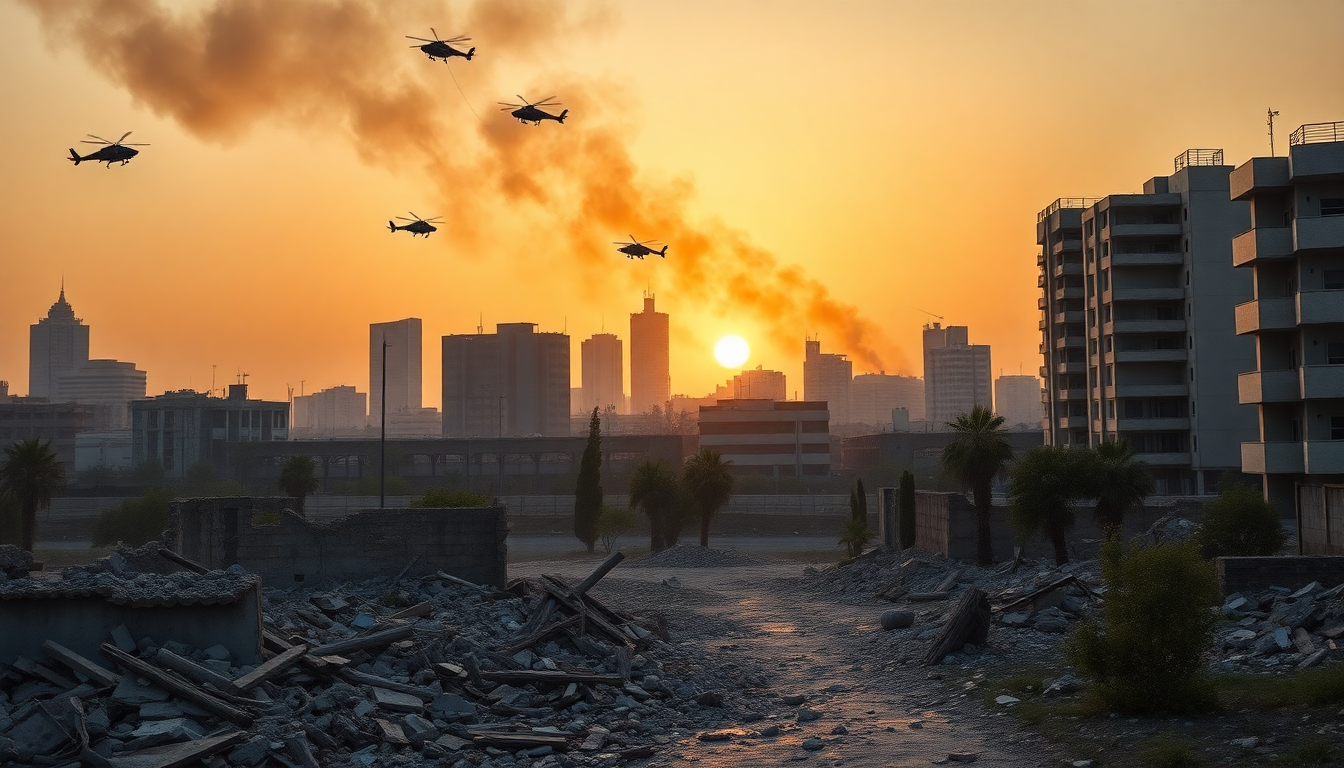Table of Contents
In recent days, the Middle East has seen a surge in military actions that are raising eyebrows and sparking fears of a potential regional conflict. The ongoing clashes, particularly between Israel and Iran, have escalated following the United States’ airstrikes on Iranian nuclear facilities.
So, what does this mean for the future of regional stability and international relations? Let’s dive into the latest developments.
Recent Military Actions: A Closer Look
On a critical day in this conflict, Israel launched a series of targeted strikes against Iranian government installations in Tehran.
This escalation was a direct response to missile and drone attacks from Iran targeting Israeli positions, which followed significant U.S. military airstrikes on Iranian nuclear sites. One of the key focuses of the Israeli military was the area near Iran’s Fordo enrichment facility, where they aimed to disrupt access to this vital nuclear site.
Among the striking targets was the infamous Evin Prison, known for holding political prisoners and individuals with dual nationalities. With tensions running high, the Israeli Defense Ministry made it clear that they would retaliate against any threats to their homeland, highlighting just how serious this ongoing conflict has become.
Meanwhile, the head of the International Atomic Energy Agency (IAEA) reported that the Fordo facility is likely facing severe damage due to the advanced munitions used in the U.S. strikes. This development begs the question: what will this mean for Iran’s nuclear ambitions and the stability of the region?
Geopolitical Implications: What’s at Stake?
The recent military actions have escalated tensions not only between Israel and Iran but have also pulled the United States into the mix, raising the specter of a wider conflict. Iranian officials have condemned the U.S. actions, calling them a violation of their sovereignty and hinting at potential consequences for American interests in the area.
As the situation evolves, the international community is calling for a de-escalation of tensions and a return to diplomatic talks. The European Union’s top diplomat has stressed the importance of seeking a peaceful resolution, especially considering the risks that could arise if Iran were to take steps to close the Strait of Hormuz, a critical maritime route for global oil transport.
This intricate dance of military actions and diplomatic efforts illustrates the fragile balance of power in the region. With tens of thousands of U.S. troops stationed close to Iranian missile sites, the potential for miscalculations or unintended escalations is a real concern.
Looking Ahead: What’s Next?
As we ponder the future, one key question arises: will the involved parties choose diplomacy, or will they continue on the path of confrontation? The recent history of U.S.-Iran relations, especially after the U.S. pulled out of the Iran nuclear deal, has certainly set a complicated stage for any future negotiations.
Calls for direct talks between Iran and the U.S. are resurfacing, with European allies stepping up to facilitate dialogue. However, significant hurdles remain, particularly surrounding Iran’s uranium enrichment activities and the broader implications of its nuclear program.
As the global community keeps a watchful eye, the potential for renewed conflict or diplomatic breakthroughs hangs in the balance. The stakes are incredibly high—not just for the countries directly involved, but for the entire Middle East’s stability.





